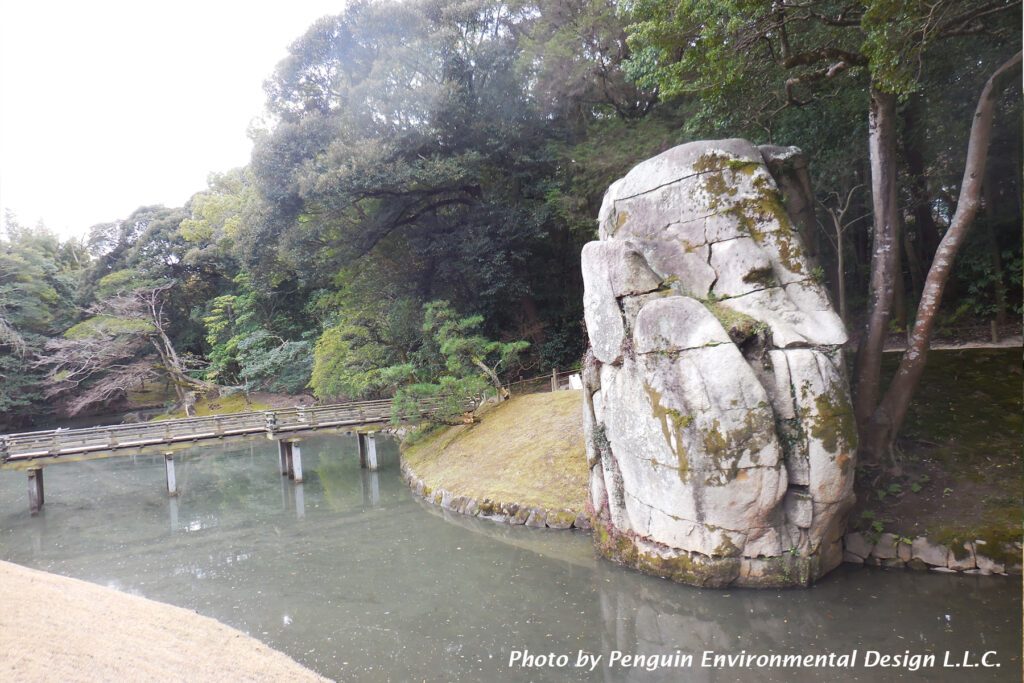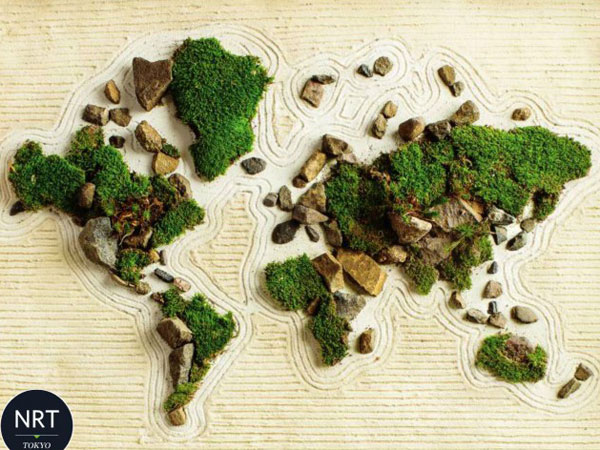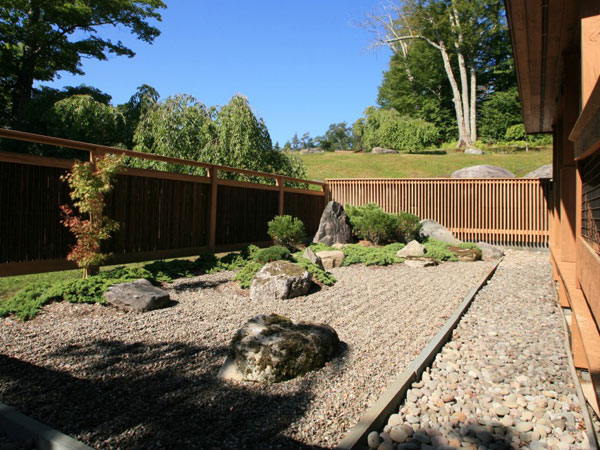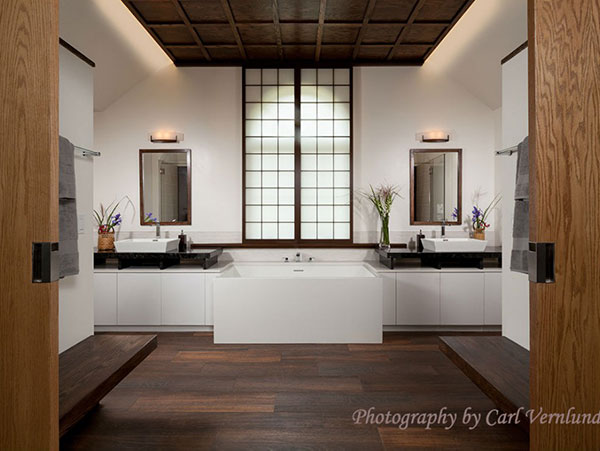Koraku-en is one of the most famous Japanese gardens, located in Okayama, Japan. A garden like this is called a daimyo (feudal lord) garden. In my understanding, the name “daimyo garden” does not refer to a style but a general term for the gardens that feudal lords in the Edo period (1603 – 1867) made in their castles or mansions.
Koraku-en is a very large garden like a park. It has several interesting places in it. Like a theme park, walking on the long walkways, I encountered many different places. Some places do not seem like gardens. Surprisingly, I saw a rice crop field. I heard that the rice crop field is still working now. There is a festival at the beginning of the rice planting season.
The other interesting place was a gigantic standing stone, Odateichi in Japanese. It is approximately 24 feet high. People split this enormous stone into more than 90 pieces and assembled them on site.

Like Odateishi, Korakuen has some objects that do not look natural. I would say that the design of daimyo gardens is not strictly according to Sakuteiki, the oldest text of Japanese garden-making, which says “Settle stones as if they have been there for a long time.” This is one of the most important principles described in Sakuteiki. Although daimyo gardens are considered Japanese stroll garden style, we sometimes find their own unique design principles in them.
Daimyo gardens were a place for amusement, social networking, and political meeting. On the other hand, Zen gardens are in the Buddhist temples for training through meditation. You might imagine Zen gardens as Japanese gardens. But daimyo gardens also are Japanese gardens, too.


